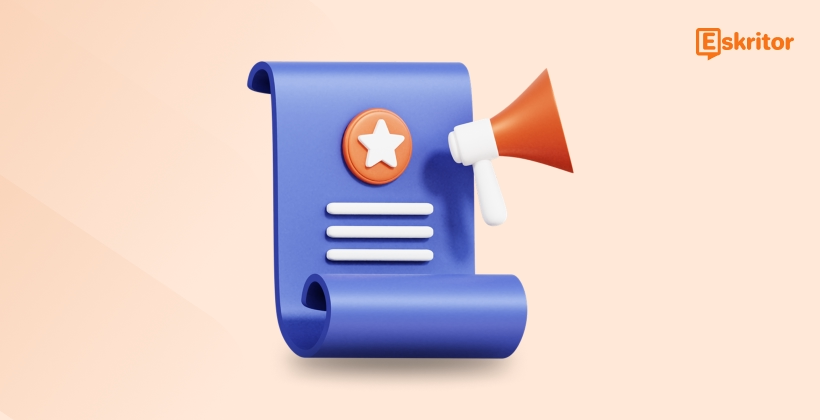AI Writers vs. Human Writers: A Comprehensive Comparison
AI Writers vs. Human Writers: A Comprehensive Comparison
Blog Article
AI Writers vs. Human Writers: A Comprehensive Comparison
The arrival of artificial intelligence (AI) has brought sweeping improvements across numerous sectors, and the writing business isn't any exception. From material generation to editing, AI-driven publishing resources are making dunes by transforming how individuals and corporations strategy prepared communication. With increased speed, cost-efficiency, and reliability, Content Writing (เขียนเนื้อหา) are setting new standards for output and redefining traditional writing processes.

Increased Effectiveness and Production
One of the very most substantial contributions of AI authors to the is the degree of effectiveness they provide. These resources can create high-quality content in a fraction of that time period it would have a individual writer. Like, Jasper AI, an industry-leading AI tool, can create articles, websites, and marketing resources within minutes. This expedited method allows organizations to range their content creation and match tight deadlines without limiting on quality.
Data also highlights this trend. Based on a 2023 study by MarketsandMarkets, companies using AI-powered material formation instruments noted a 70% decrease in time used on writing tasks. By automating repetitive writing tasks such as for example drafting e-mails, reports, and product descriptions, AI frees up important time for writers to concentrate on more strategic, innovative work.
Improved Precision with Advanced Language Models
AI publishing resources are powered by normal language processing (NLP) versions, such as for instance GPT (Generative Pre-trained Transformer), that continue to evolve with each iteration. These advanced versions help AI writers to produce grammatically precise, contextually applicable, and well-structured content. Mistakes that were when individual errors, like typos and syntax inconsistencies, are now minimized somewhat with AI.
Grammarly, for instance, noted a 76% increase in individual precision typically, showing how AI improves the accuracy of prepared communication. Additionally, instruments such as for instance Copy.ai and Writesonic present characteristics like word restructuring and tone modifications, which guarantee the ultimate productivity aligns with the supposed function and audience.
Charge Savings for Firms
The integration of AI authors into the business ecosystem is demonstrating to be cost-effective. While employing qualified human writers may be expensive and time-intensive, AI offers an affordable alternative. AI instruments generally include subscription-based pricing, that will be often a fraction of what a organization would invest in staffing writers or outsourcing material creation.
As an example, small-to-midsize firms notice typically 45% savings in content formation budgets when adopting AI writing software. This charge effectiveness afford them the ability for startups and SMEs to compete with greater corporations in terms of material size and quality.
Democratizing Content Creation
AI authors also stage the enjoying field by making professional-grade instruments accessible to persons and businesses of all sizes. Freelancers, non-native English speakers, and small agencies now have use of sources that make them build finished, qualified content. That democratization fosters inclusivity within the and empowers a broader selection of voices.

Shaping the Future of Writing
The continuing breakthroughs in AI writing symbolize a paradigm change in the industry. With functions like predictive text, tone personalization, and contextual knowledge, AI authors aren't just supporting individual authors but additionally augmenting their imagination and effectiveness. While issues about credibility and inspiration stay valid, the integration of AI into writing processes is without question a game-changer.
Report this page